
If you speak in a fun, happy way, he will know you are talking about a game or a walk. If you speak to him with a growl in your tone of voice, he will realize that you are not happy with him. If you growl a "No!" at him, he will associate your displeasure with what he is doing at the time. He won't get it right away, which is why you have to be consistent and "No!" him every time he repeats that behavior. He will eventually avoid the behavior because he doesn't want to make you cross with him.
Do you realize your dog's body language? What exactly is he trying to tell you?
When he drops to his elbows, with bottom in the air and tail waving like a flag in the breeze, his body language is saying "let's play." If you get down and adopt the same position, he will know what you mean too!
When a dog wags its tail, does it always mean it's happy? Actually, no; he might be confused and unsure of how he should act.
When your dog puts his ears back, flat to his head, is he going to attack you? No, but he may be unsure or scared.
You will learn lots about your dog and his "language" just by watching him and being tuned in to what he is doing.
Why is it so important to be the leader of the pack?
Dogs have descended from wolves, and wolves live in packs. Even though the dog has been domesticated for 15,000 years, they still carry much of their wild ancestors' ways.
So the dog is a pack animal, with an inbuilt sense of the complex pack hierarchy that has been passed down as a result of numerous generations. There may be only one leader in a pack, and only the very strong would dare to challenge his authority.
The leader of the pack always eats first, and the others eat in turn according to their position in the pack. The pack leader decides where the pack will travel, where they will sleep and what they will attack for food. He quickly puts all other dogs in their place, which is downline from him.
Does this help you see why you must the top dog in your pack? Even if your pack is just you and him, you have to be the pack leader; otherwise he will think he has to lead you. He will try to put you in your place – under him.
How do you establish your place as the leader of the pack?
There are a number of strategies you can use, but here are a few:
·Make eye contact with the dog and hold his gaze. Make him be the first to look away.
·Don't allow the dog to rush through a doorway ahead of you. Make him wait until all humans have gone through first.
·Make sure you win games like tug. These are games of strength to a dog, and so the pack leader must win.
·When your dog sits beside you, don't allow his feet to be in front of yours. This is a subtle indication that he thinks he is top dog.
With a strong-willed or assertive dog, you may have to constantly reinforce your leadership, as he may want to keep challenging your authority. Be firm but not rough. You want your dog to respect you, not fear you.
For more information and suggestions you are welcome to sign in Rottweiler Training Program and recieve the all report
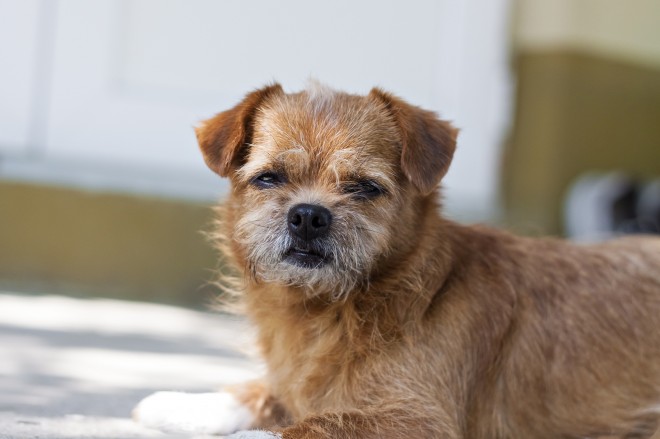 More Information On Cystitis In Dogs
More Information On Cystitis In Dogs
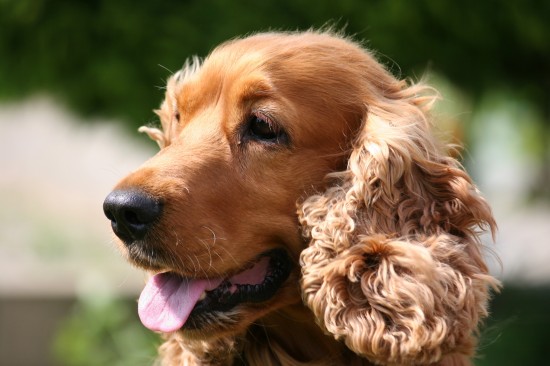 Tools Needed To Keep A Cocker Spaniels Coat Looking Good
Tools Needed To Keep A Cocker Spaniels Coat Looking Good
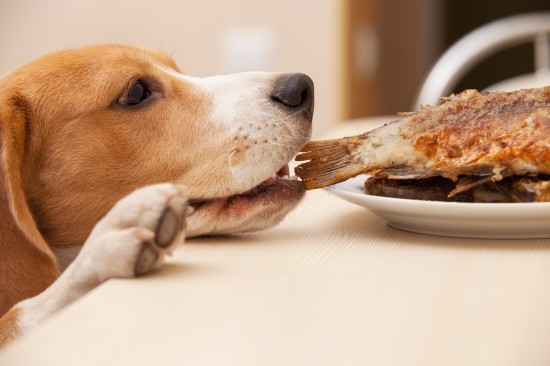 How Much Protein Does Your Dog Need In Their Diet?
How Much Protein Does Your Dog Need In Their Diet?
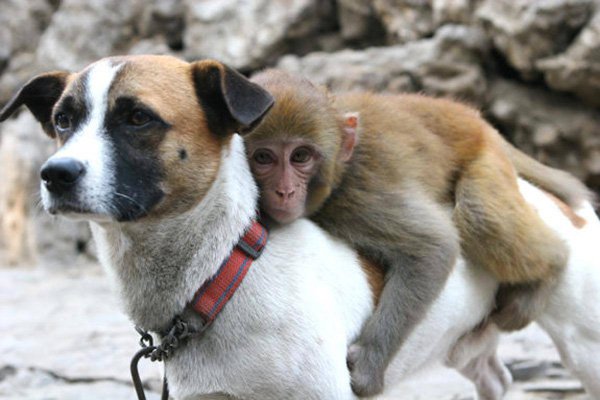 Puppies and the importance of Obedience Training
Puppies and the importance of Obedience Training
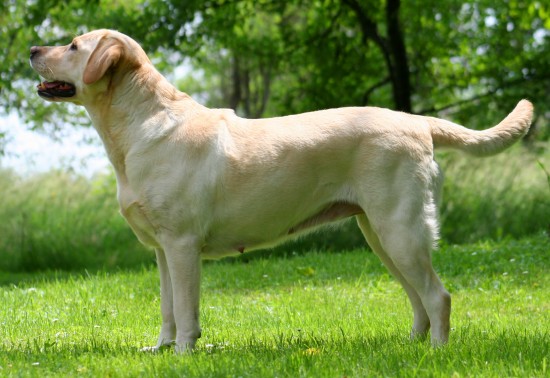 The Role Of Breed Clubs In The Improvement Of Pedigree Dog Breeds
The Role Of Breed Clubs In The Improvement Of Pedigree Dog Breeds
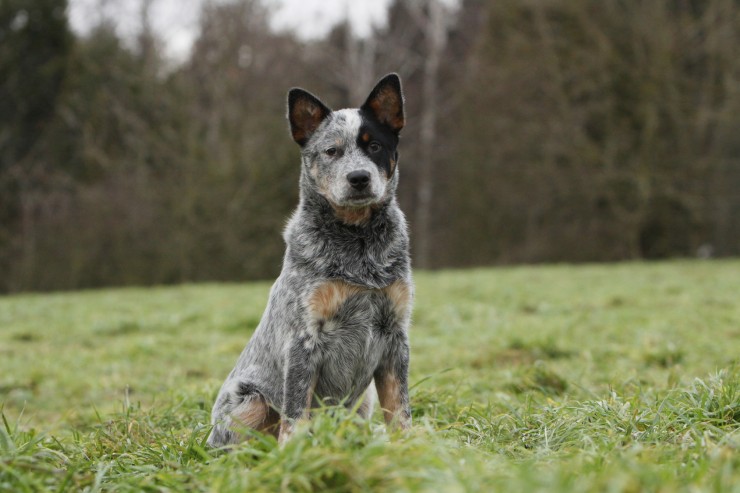 The Genetics Of Canine Mating And Reproduction, And What This Means For Breed Lines
The Genetics Of Canine Mating And Reproduction, And What This Means For Breed Lines
 Diamond in the “Ruff” — Meet The Cairn Terrier Dog
Diamond in the “Ruff” — Meet The Cairn Terrier Dog
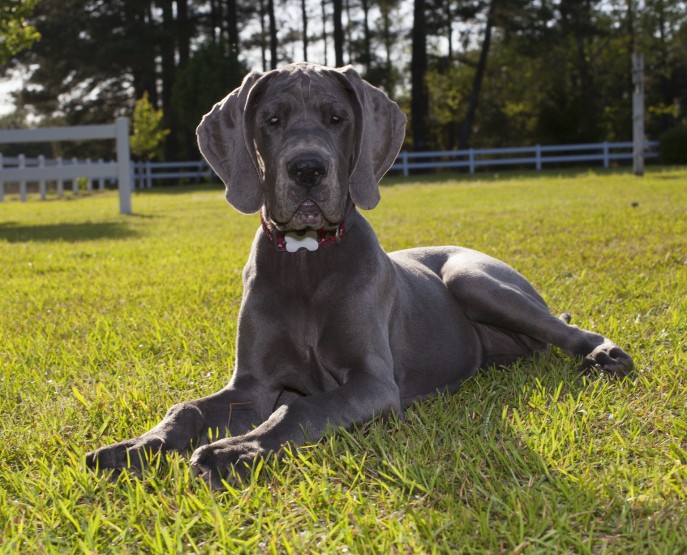 How To Decide Upon A Puppy Food For Large And Giant Breeds Of Dog
How To Decide Upo
How To Decide Upon A Puppy Food For Large And Giant Breeds Of Dog
How To Decide Upo
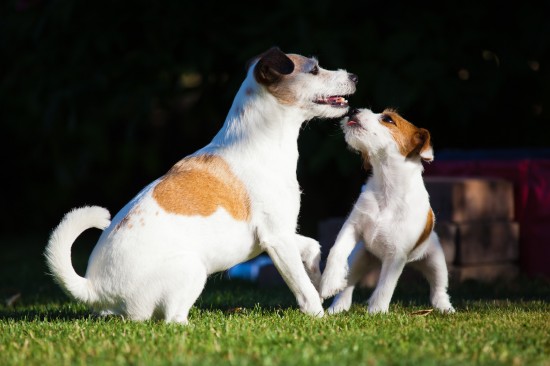 How To Keep Your Puppy From Harassing Your Adult Dog
How To Keep Your
How To Keep Your Puppy From Harassing Your Adult Dog
How To Keep Your
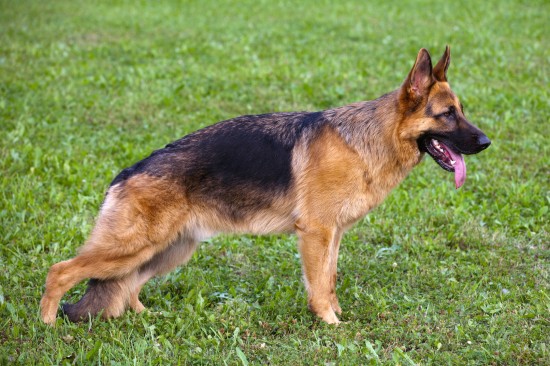 The Personality Traits Of The German Shepherd Dog
The Personality T
The Personality Traits Of The German Shepherd Dog
The Personality T
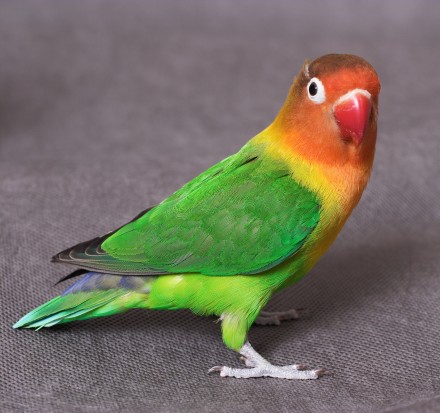 Common Lovebird Illnesses
Common Lovebird I
Common Lovebird Illnesses
Common Lovebird I
Copyright © 2005-2016 Pet Information All Rights Reserved
Contact us: www162date@outlook.com